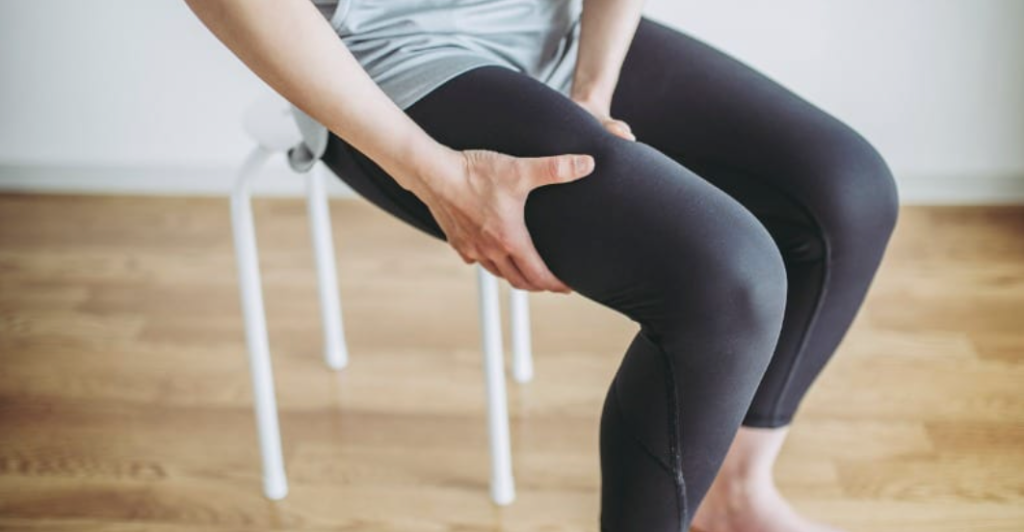Low back-related leg pain (LBRLP) is a common condition that drives patients into primary care clinics. These include chiropractic offices, but these cases are often complex, and determining the underlying cause can be clinically challenging. Let’s take a look at the current treatment strategies for LBRLP.
LBP-Leg Pain Conditions
To begin with, the patient’s doctor will need to determine if the leg pain is radicular or referred in nature. This will help indicate which structures or soft tissues in the lower back will needs addressing. The term “radicular” is for the presence of nerve root compression or a pinched nerve root. It’s most commonly caused by a herniated low back disk. Referred leg pain arises from a ligament, joint, or a tear in the outer layer of the disk.
Some clinical signs and symptoms that support radicular leg pain include a more specific geographic tracing of leg pain. It often exceeds the level of the knee affecting the outer foot (S1 nerve), the top of the foot (L5 nerve), or the inside of the foot (L4 nerve). In radicular LBRLP, there may also be neurological loss such as sensory impairment and/or muscle weakness. This occurs in a specific area or in certain muscles that can help determine the specific nerve(s) involved. Patients often describe referred leg pain as a generalized deep ache or numbness that often stays above the knee. It’s also possible for the patient to have multiple contributing causes for their LBRLP. Which can definitely make the diagnostic process more complex.
Leg Pain Treatment
From a treatment standpoint, studies show a lack of long-term benefits for managing LBRLP. Pain can be managed with prescription medication, epidural corticosteroid injections, and surgery. However, there is evidence that spinal manipulation—a treatment provided by chiropractors—is more effective than no treatment, passive modalities, and exercise in managing LBRLP. In fact, a 2019 survey of 1,907 chiropractors revealed that 81% often treat patients with LBRLP.
More recent research suggests combining spinal manipulative therapy with exercise and patient education may provide even better results for patients with LBRLP. There have been several studies showing that a multimodal management approach for low back conditions such as degenerative joint and/or disk disease, spinal stenosis, and disk herniations is often superior to a single treatment strategy.


